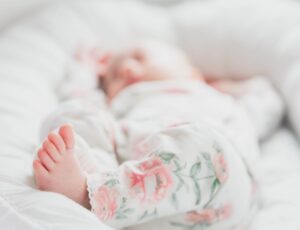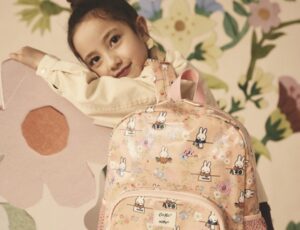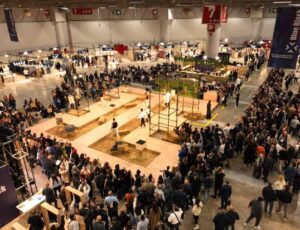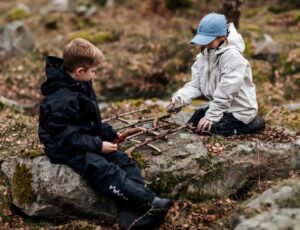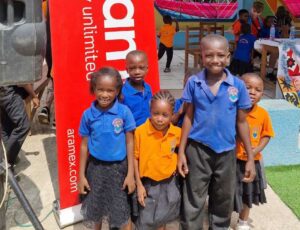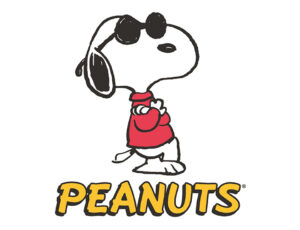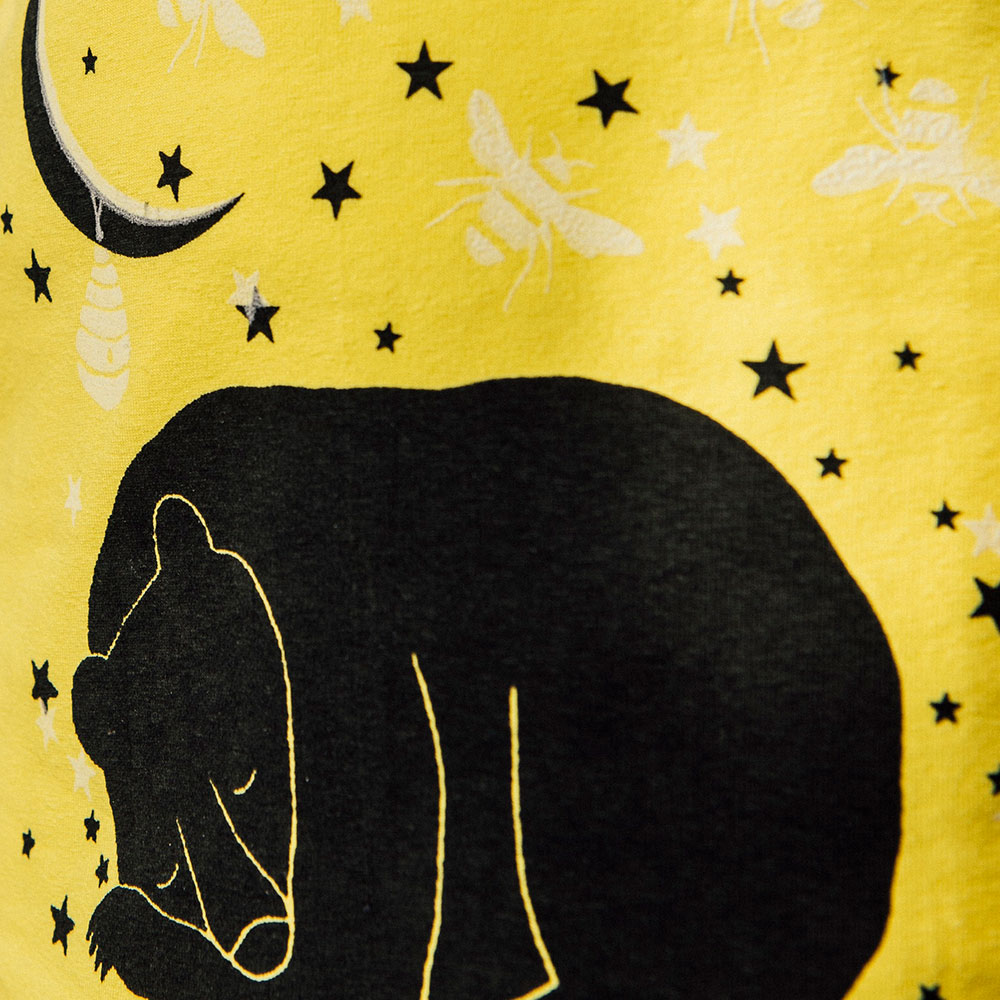
Some of the most innovative European minds have utilised their know-how and creativity to produce ad-hoc projects for children via the WORTH Partnership Project funded by the European Commission.
Through the WORTH Partnership Project, designers from across Europe have been able to develop six new products for children featuring innovative production techniques, new materials and technology.
The European Commission project is a unique laboratory where European designers can experience the advantages of transnational collaborations. Plus, participation in an internal market of over 500 million people.
With 152 selected projects involving 345 partners from 34 EU-COSME associated countries, WORTH Partnership Project is Europe’s largest creative incubator.
Commenting is Korinna Mollá, coordinator of WORTH Partnership Project’s implementing team. “Childhood is increasingly a privileged target for businesses that recognise children as tomorrow’s consumers as well as interlocutors who can already influence family choices.
“The spread of digital devices, the evolution of technology in all fields (including textiles), together with the increased interactivity, are redefining the relationship between learning, information and knowledge.”
The six projects
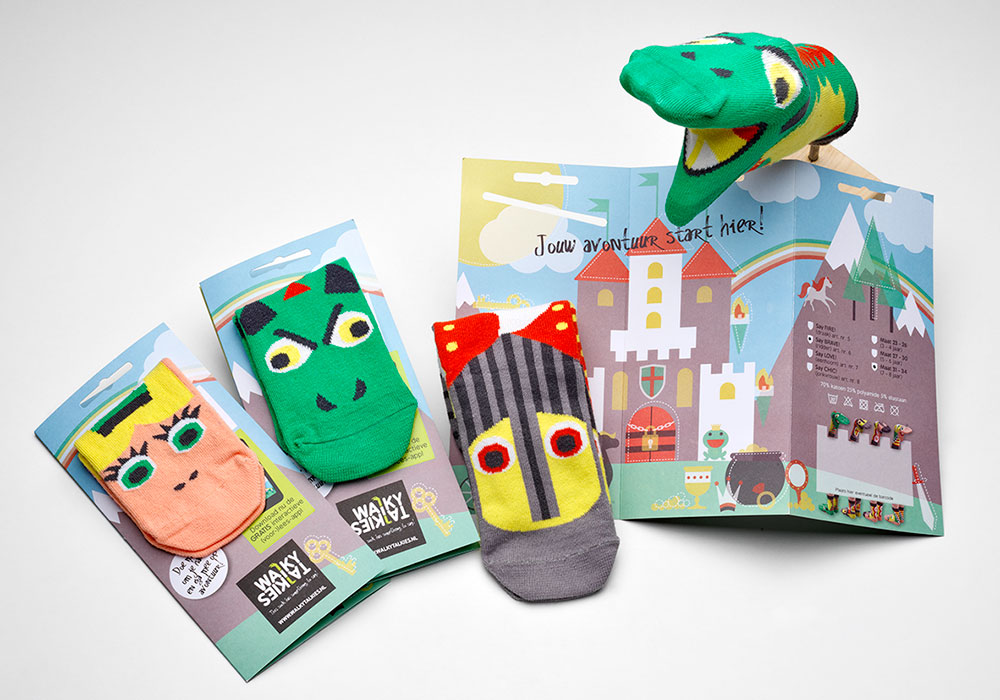
WALKYTALKIES
Countries involved: Holland, Germany
The collaboration between WALKYTALKIES, a Dutch brand that has created a series of socks for children that turn into puppets, and the German designers of bachHOCH2, has resulted in a unique project designed to stimulate kids’ imaginations.
It works by scanning the illustration on the sock package, which turns it into an augmented reality world. There children can experience the adventures of the WALKYTALKIES characters through four interactive stories. Thanks to interactive reading, it is also possible to actively participate in the story; contribute to creating the plot and making decisions that can influence it.
Commenting is Nelleke van der Burg, founder of the WALKYTALKIES brand. “Recent research shows children tend to avoid reading. Instead favouring the use of multimedia content, for example, on YouTube. Thinking about this, we decided to combine the importance of reading, the inevitable presence of electronic devices within each family, and WALKYTALKIES to create something new that was able to stimulate the desire to read in children from five years up.”
This project has already been marketed and is available here.
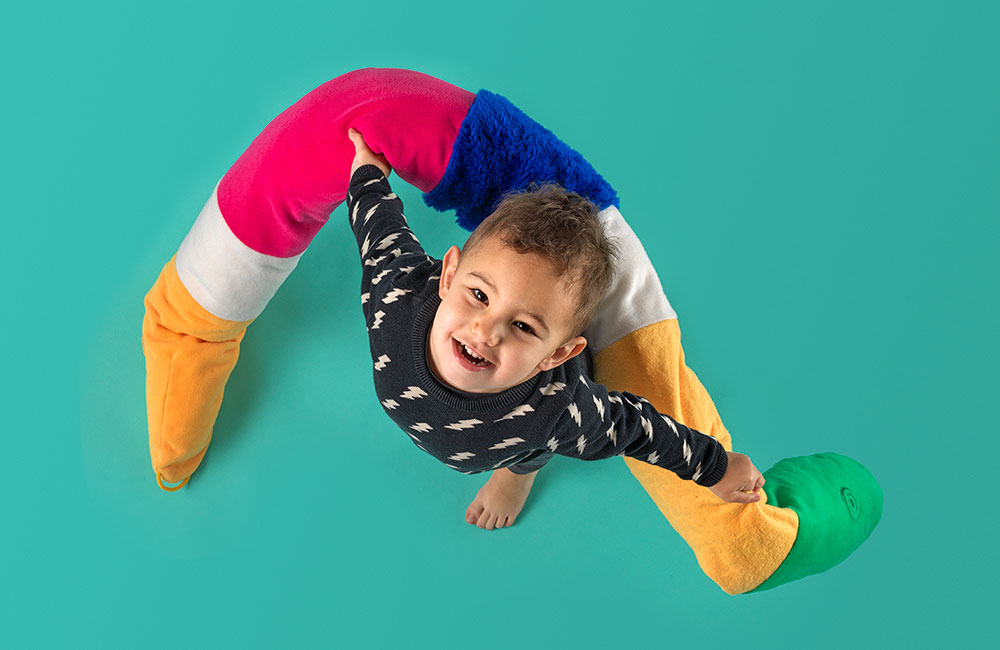
WEARABLE PLAY
Countries involved: Germany, Italy, Estonia
An all-female team is behind the innovative WEARABLE PLAY project; researchers and designers Michaela Honauer, (Germany) Secil Ugur Yavuz (Italy) and Kristi Kuusk (Estonia). They have come up with a way to create a balance between the time children spend in front of a screen and physical play. Therefore, Worm-e was born; the prototype of a soft and interactive puppet capable of involving children by encouraging them to interact.
The soft and colourful toy acts as a link between the physical and digital world. It does this through a specially created app that monitors the game modes and records the results; issuing a notification when the child spends too much time in front of the screen.
Worm-e was born from the realisation children interact more and more with electronic devices that allow them to play, learn and communicate through a screen. This can, however, create problems regarding their wellbeing. Being in front of a screen reduces movement as well as the possibility of interaction.
Commenting is Michaela Honauer. “To improve the wellbeing of this generation of increasingly technological children, we must not neglect the existence of digital technologies. But, on the contrary, it is necessary to find new ways to make them coexist with the physical world that we perceive and experience through our body.”
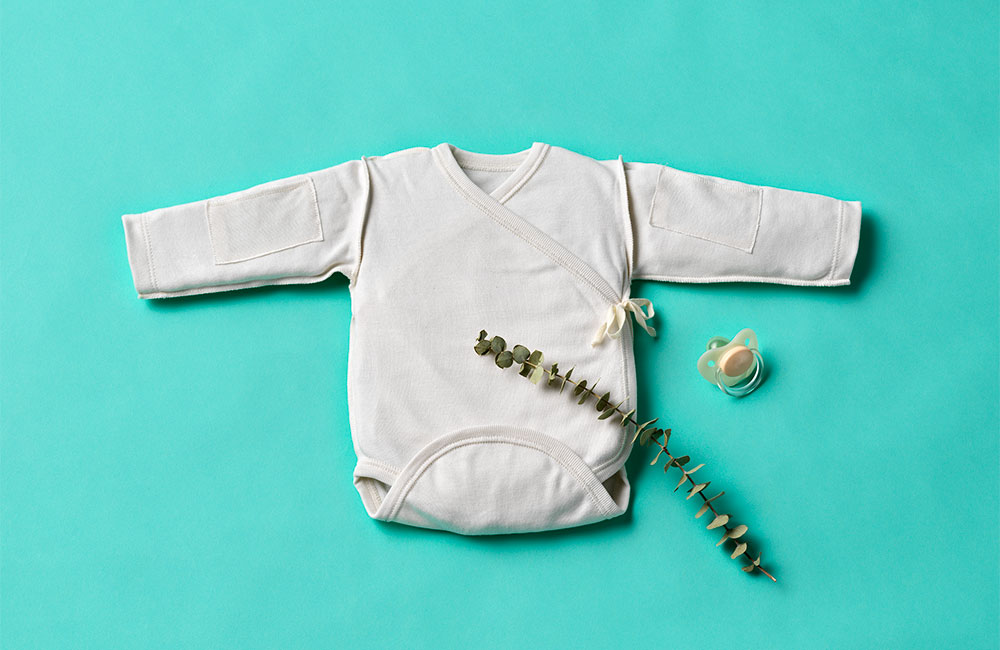
PreemieCme
Countries involved: Sweden, Spain
The partners who worked on this project – Diana Svensson, founder of the Swedish children’s clothing brand Peek-A-Poo, and Spanish clothing and accessories company, RAPIFE – have created a brand of premature baby clothes to simplify the interaction of parents with their children when in hospital. The design was created based on the feedback and experiences of the parents of premature babies. Also, of nurses working in the neonatology wards of Scandinavian hospitals.
The garments have been designed giving particular importance to parent-child contact. Parents no longer have to juggle complicated closures, buttons or zips; a series of strategically placed holes and a patented soft Velcro allow them to get skin-to-skin contact both quickly and easily.
Commenting is Diana Svensson. “When designing these garments, we also paid particular attention to their sustainability in addition to providing them with a unique and innovative design. We will work with a mix of bamboo and natural chitosan, which is designed to avoid irritating the delicate skin of babies and is also completely recyclable.”

WEAR-ABOUTS
Countries involved: France, Italy, Finland
WEAR-ABOUTS is the result of a synergy between French design studio Arkellia, Sicilian SME Eithne, and also the Finnish arts and crafts association, Modus. It creates clothes for children connected to a specific geographical place and that are interactive, so that they can be “read” through a dedicated app.
This project wants to explore what would happen if the illustrations could leave books and turn into textile designs on clothing; what they would say and also how they would speak to the wearer. WEAR-ABOUTS explores new educational approaches based on intelligent illustrated models. Such as interactive cultural products that operate on the border between illustration, education and tourism as well as fashion.
Commenting is Laetitia Barbu of Arkellia. “WEAR-ABOUTS creates clothes for children that are inspired by a specific place and act as intelligent, experiential tourist products that establish a deep connection between that place and the wearer. They allow young people and families to discover a region/area visited in a new and unconventional way. In particular, using augmented reality.”
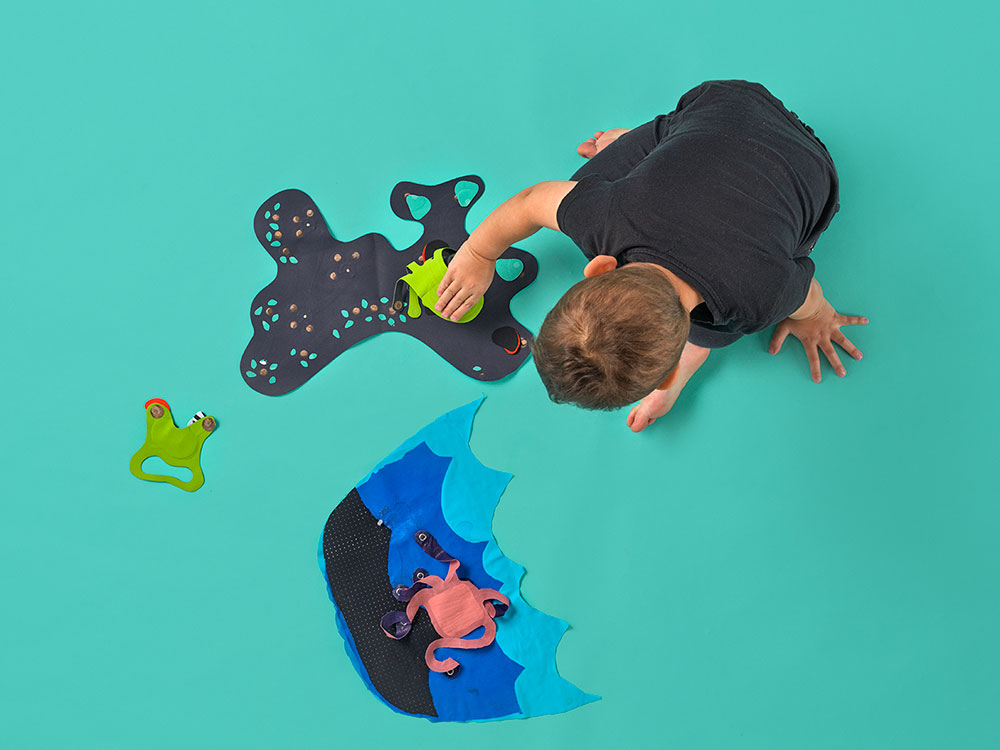
TTORCH
Countries involved: Germany, Estonia
Born from the collaboration between German designer Barbro Scholz together with Estonian PhD researcher Paula Veske, the TTorch project consists of innovative, creative toys for children up to eight years of age through the application of electronic fabrics.
The kit includes a “Jeffy” octopus and a beach towel. Also, several additional components for playing as well as a booklet for telling a story. Electronic fabrics are integrated within all items and can form part of the circuit. For example, to turn on an LED light or to play with RGB colours.
Commenting is Barbro Scholz. “The project came into fruition to bring together different fields; such as electronics and textile engineering to create a kit for educational purposes whilst following the principles of the circular economy during the process. This kit of products creates a “bridge” between engineering and design; allowing the child to play with a personal light source and build a surrounding environment.”
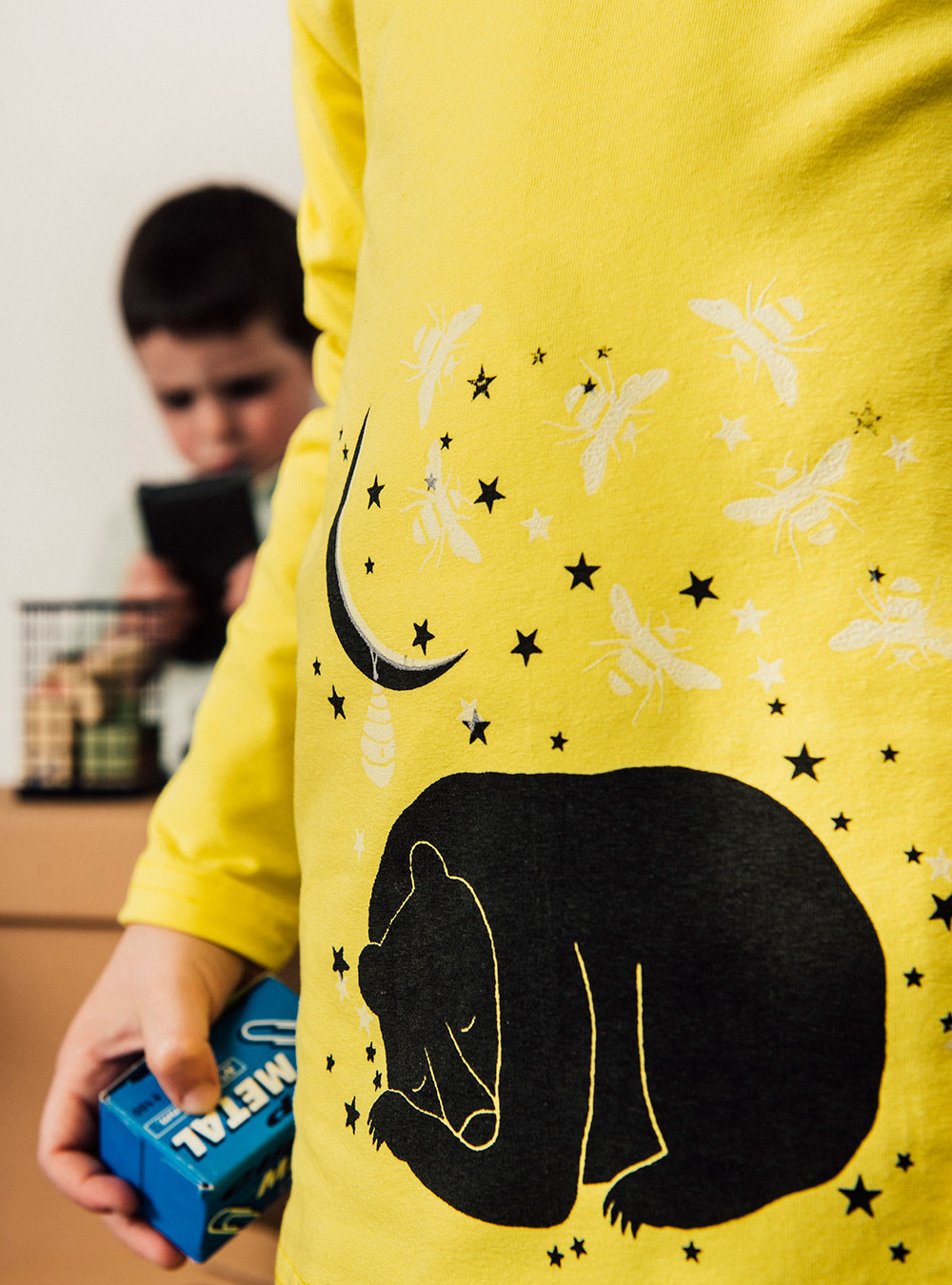
SPELLBOUND
Countries involved: Estonia, Holland
Spellbound is a collaboration between the Estonian designer-researcher Kristi Kuusk and Anne Kuusk of Pambu, one of the last remaining clothing manufacturing companies in Parnu, Estonia. Also, the Dutch illustrator Kerstin Zabransky, who loves to explore new ways of visual storytelling. The result is an innovative brand of children’s clothing based on ethical production. Made mainly of residual textile material, it offers a dynamic narration obtained through colour-changing designs sensitive to UV rays.
Commenting is Kristi Kuusk. “Spellbound was born from the idea of intelligently using the waste material from traditional textile production; enriching it with stories whose printed designs change as the context around them changes. The story appearing under daylight effects is enhanced by new characters or meanings in the dark.”
Click here for further information on the WORTH Partnership Project.






